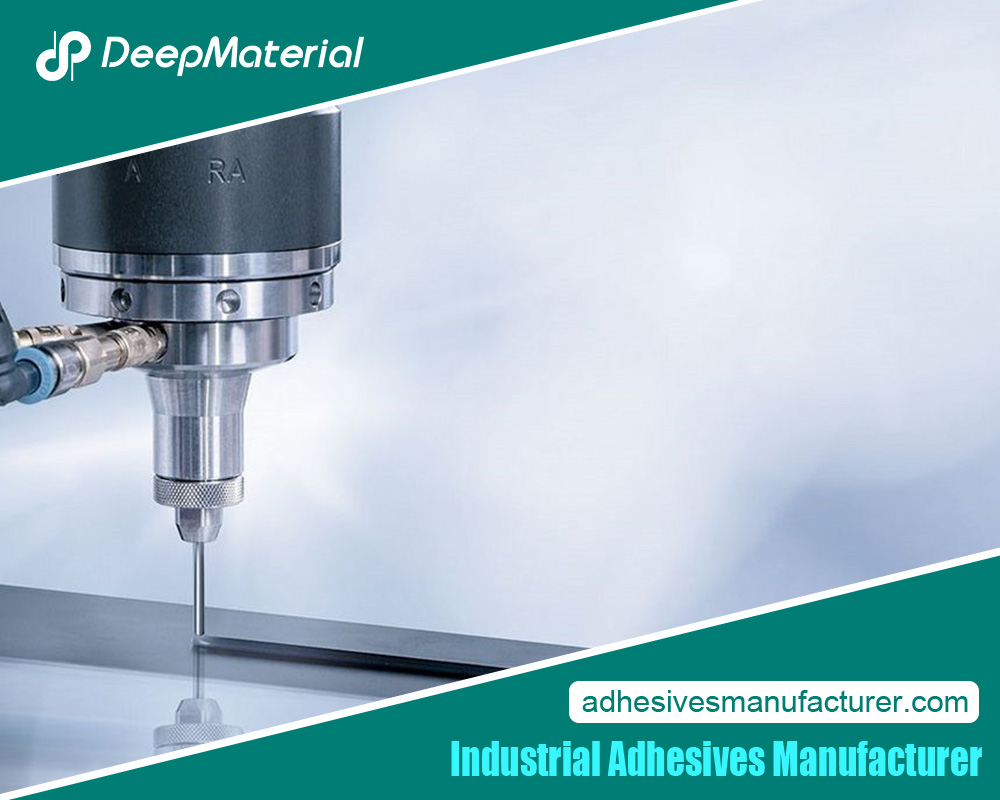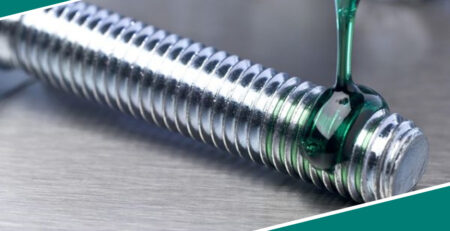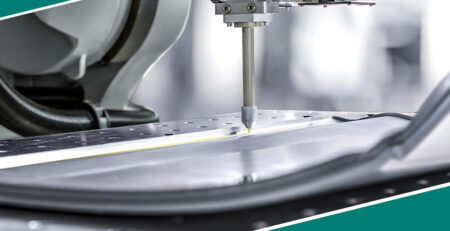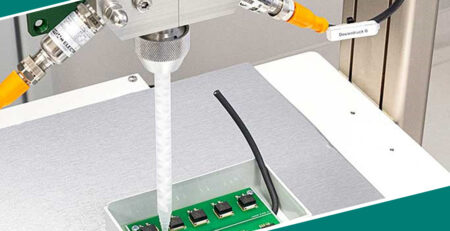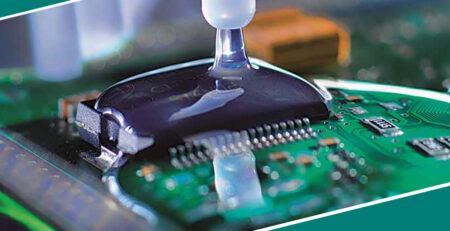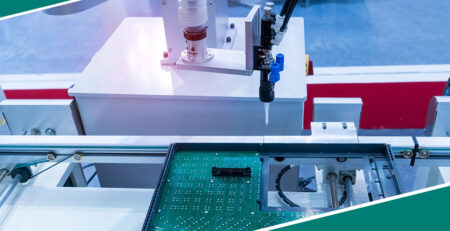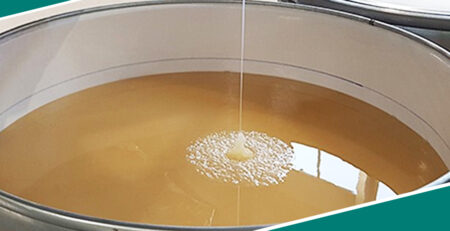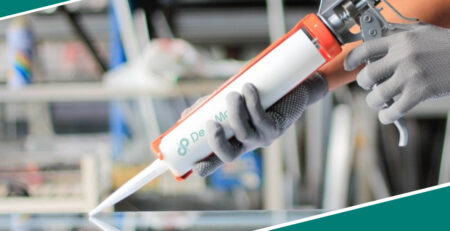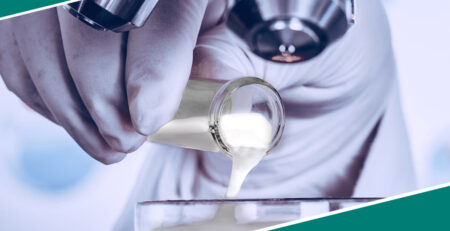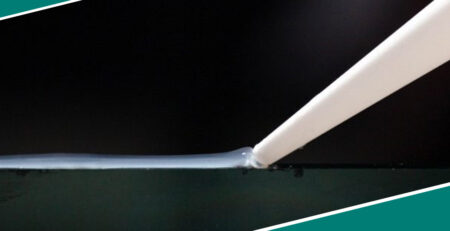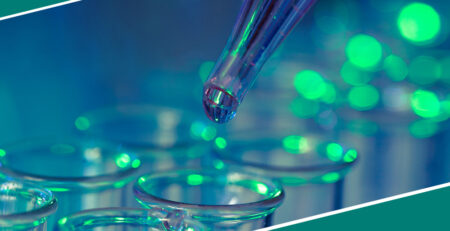The Impact of Environmental Factors on Potting Epoxy Adhesive Glue for Electronics
The Impact of Environmental Factors on Potting Epoxy Adhesive Glue for Electronics
Potting epoxy adhesive glue is the superhero of the electronics manufacturing world. It wraps up sensitive electronic parts in a protective hug, keeping out moisture, dust, and other nasty stuff that can wreck the delicate circuitry. Really, without this glue, our electronic devices would be throwing temper tantrums way more often, thanks to all those environmental meanies out there.
Understanding Environmental Factors and Their Impact on Potting Epoxy Adhesive Glue
Choosing the right potting epoxy adhesive glue means you’ve got to think about the environmental bad guys that might mess with it. Temperature swings, for instance, can turn your tough glue brittle or zap its strength if things get too hot to handle.
Humidity? It’s a bonding buzzkill, especially when it’s laying it on thick. Chemicals are another headache, breaking down the glue over time, and UV light? It’ll fade and weaken your once mighty adhesive.
And let’s not forget mechanical stress – if your glue can’t handle the pressure, it might just crack under it. So, it’s crucial to pick a glue that’s up to the challenge of whatever conditions it’ll face.
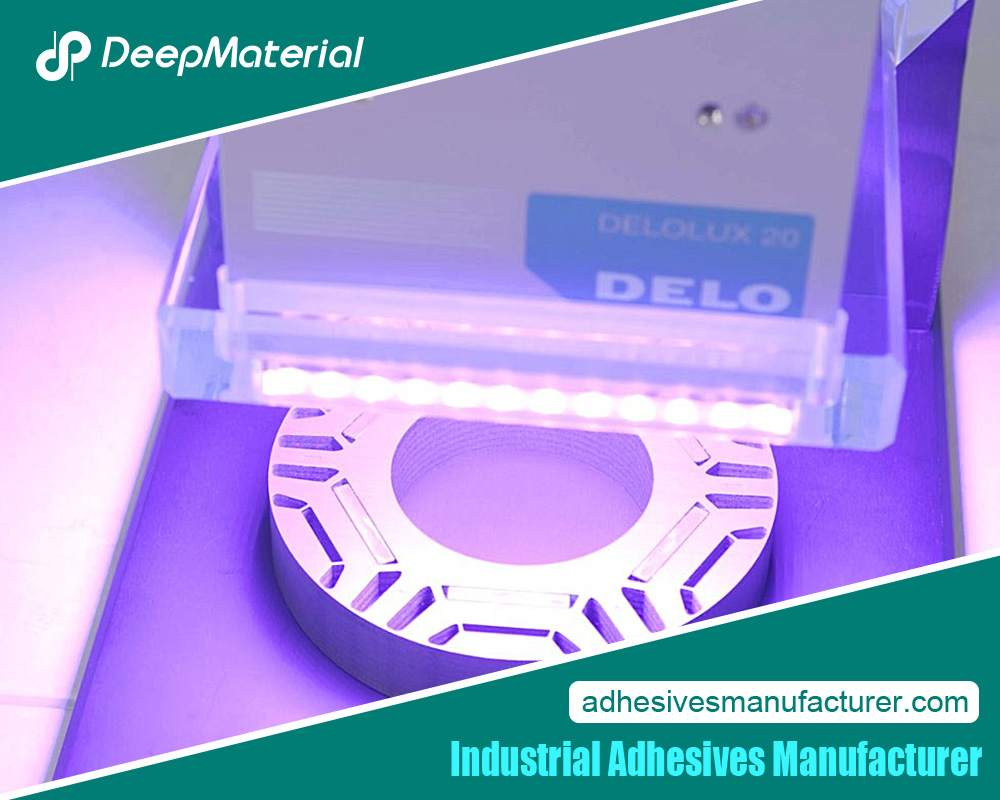 Temperature and Its Effect on Potting Epoxy Adhesive Glue
Temperature and Its Effect on Potting Epoxy Adhesive Glue
When hunting for the perfect potting epoxy adhesive glue, don’t forget to consider the temperature range where your device will be chilling…or sizzling. Temperature is a big deal since it can really mess with your glue’s mojo. Too hot or too cold, and your glue might not do its job, leaving your electronics vulnerable.
That’s why finding an adhesive that can tough it out within the temperature extremes your device will face is key. Most potting epoxy glues can hang in there from about -40°C to 150°C. Make sure to match the glue to your gadget’s lifestyle to keep it safe and sound for the long haul.
Humidity and Its Effect on Potting Epoxy Adhesive Glue
Humidity can be a real party crasher for potting epoxy adhesive glue. When it’s too moist, the glue might soak up water like a sponge, weakening its grip and potentially messing up your electronics. This extra moisture can lead to corrosion or even short circuits, which might send your device on an unplanned retirement.
Then there’s the flip side; too dry, and your glue could get all brittle and start cracking, which isn’t a good look—or outcome. Keeping humidity levels steady between 40% and 60% is key to making sure your adhesive sticks around as long as you need it to. Proper humidity control isn’t just a good idea; it’s a must to keep those electronic devices reliable and in good running order.
Chemical Exposure and Its Effect on Potting Epoxy Adhesive Glue
Chemicals in the air? Big problem. In environments where electronics are made, various chemicals can flirt with disaster for your potting epoxy adhesive glue. If the wrong chemicals cozy up to your adhesive, they can break it down or mess with its stickiness.
That’s why it’s vital to know what chemicals might mingle with your glue and pick a type that can stand up to them. Watch out for solvents, oils, and cleaners—they’re the usual suspects. Taking steps to shield your adhesive from these chemicals helps ensure your electronic components stay secure and effective.
UV Exposure and Its Effect on Potting Epoxy Adhesive Glue
UV rays aren’t just tough on your skin; they can also take a toll on potting epoxy adhesive glue. Too much sun and this essential component of electronic devices might degrade, which means the protective barrier it provides could fail.
To keep your electronic devices safe and sound, choosing a UV-resistant adhesive is crucial. You’ll want one that can handle the specific amount of UV light in the environment where your device will operate. Most potting epoxies do well with UV exposure in the 200-400 nm range. Picking the right UV-resistant glue helps make sure your devices can face the sun and keep on ticking.
Mechanical Stress and Its Effect on Potting Epoxy Adhesive Glue
Mechanical stress can be a real headache for potting epoxy adhesive glue. When it gets roughed up by vibrations, shocks, and bumps, the adhesive might crack or peel away. This isn’t just annoying—it can weaken the protective barrier and potentially lead to system failures, which are neither fun nor cheap. It’s vital to pick an adhesive that’s tough enough to handle the stress expected from its use.
To keep stress off your glue, smart design and mounting are key. Choose the right materials, make sure things fit snugly without crowding, and use the proper fasteners and mounting techniques. These steps help ensure your adhesive stays strong, even when things get shaky.
Impact of Environmental Factors on Potting Epoxy Adhesive Glue Performance
When choosing potting epoxy adhesive glue, remember the environmental factors that could play spoilsport with its performance. Temperature, humidity, chemicals, UV light, and mechanical stress—all these can make or break your adhesive.
To avoid the heartbreak of your adhesive giving out too soon, think about the environment it’ll face. Pick a glue specifically formulated to stand up to those conditions. This foresight can save you from future fusses and extra costs, ensuring your adhesive stays effective.
Importance of Proper Storage and Handling of Potting Epoxy Adhesive Glue
Storing and handling potting epoxy adhesive glue the right way is crucial for its performance and longevity. Keep it cool, dry, and out of direct sunlight to prevent it from degrading. It’s best to keep the glue in its original container, tightly closed to stop any moisture sneaking in.
Moisture is the enemy here—it can turn your glue hard or clumpy, which is a real pain. Always seal up the container when you’re done. And when you’re using the glue, follow the instructions to the letter. Gear up with gloves, goggles, and maybe a respirator, especially if you’re in a chemically adventurous area. Proper ventilation is a must to keep those nasty fumes at bay and make sure your application goes smoothly.
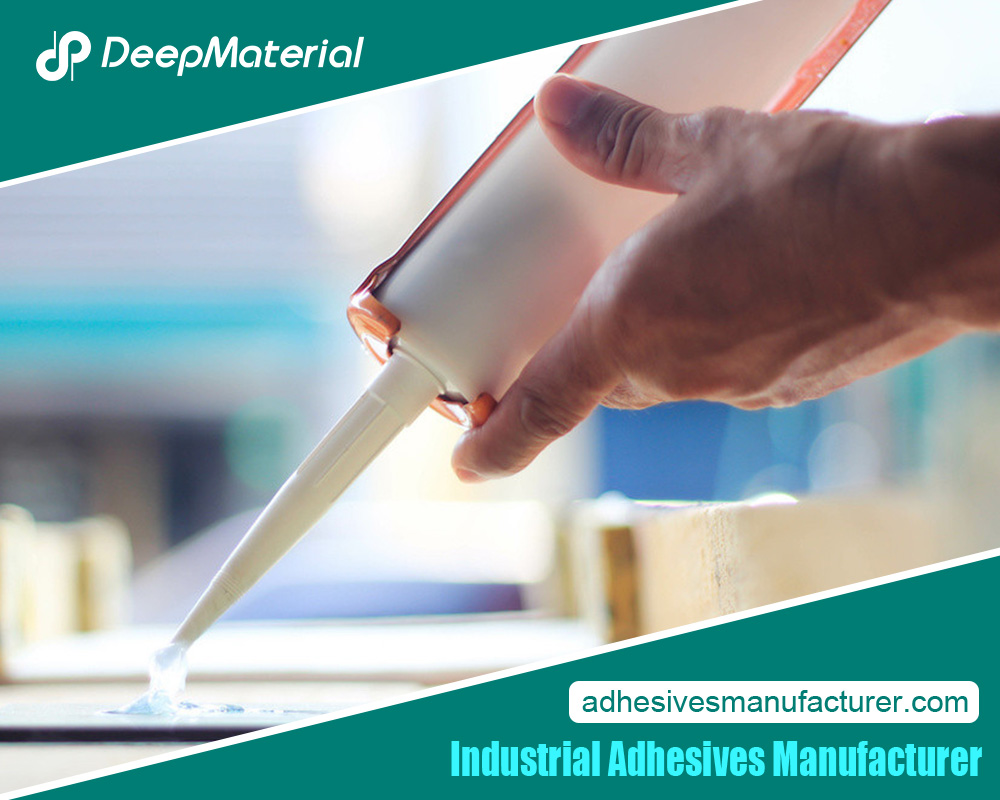
Final Words
In conclusion, potting epoxy adhesive glue is essential for shielding electronic components from all sorts of environmental nasties that can mess with their functionality and life span. Understanding how different environmental factors like temperature, humidity, chemicals, UV light, and mechanical stress affect the glue is key to picking the right product. Proper storage, handling, and usage are just as important to keep your glue in top shape. By paying attention to these details and sticking to best practices, you can ensure your potting epoxy adhesive glue does its job perfectly, no matter where it’s used.
For more about the impact of environmental factors on potting epoxy adhesive glue for electronics, you can pay a visit to Deepmaterial at https://www.adhesivesmanufacturer.com/ for more info.

